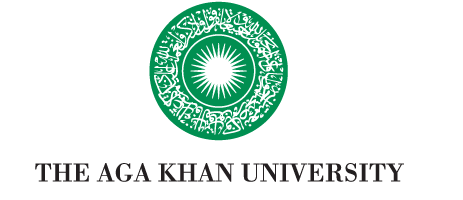When did your association with AKU begin?
With
the very first class: the Class of ‘83. On our first day, His Highness
The Aga Khan came to our class and said, “work hard, work hard, work
hard.” Later at the formal opening he said, “If you fail I’ve failed, if
you succeed, Pakistan will be rewarded.” These words have guided me
throughout my professional life. Over the years, I have seen the barren
landscape change their colour to green and the small School of Nursing
develop into the School of Nursing and Midwifery.
From the time you stepped into the profession, how have you seen midwifery change?
When
I entered this profession, there was no higher education option for
midwives. This lack contributed to the ‘non-acceptance’ of the
profession and made midwives ‘invisible’ within the entire health care
scenario. At the same time, the autonomous practice of midwifery was
absent and in many South Asian countries the term ‘midwife’ did not even
have any legal cover.
The recent launch by AKU of Pakistan’s
first ever degree programme in midwifery will, I believe, have a
profound impact on maternal and neonatal mortality in Pakistan, while
leading to excellence in evidence-based midwifery practice, teaching and
leadership. Since the programme is based on a competency-based
curriculum – identifying the characteristics that graduating students
should demonstrate – it is bound to serve as a prototype for countries
such as Kenya, Tanzania, Uganda and Afghanistan.
Although we
understand that a bachelor’s programme is absolutely necessary as a
university-wide programme, we also realise that not everybody can enter a
university-based programme because not everybody can be eligible.
However, this does not mean that we cannot produce competent midwives.
To fill in this gap, we are planning continuing professional education
for midwives: short trainings in midwifery at SONAM from the platform of
the Midwifery Association of Pakistan (MAP). We are training tutors for
these short courses and, after much canvassing, have received funds
from various
donor agencies.
I have been approached by the
government to start a similar programme within the public sector in any
one of the other provinces. This will build on earlier initiatives: in
2013, the United Nations Population Fund (UNFPA) funded 24 public sector
candidates from the four provinces and promised that each year, till
2017, it will fund another 12 women (3 from each province) from the
public sector. The Pakistan Nursing Council has also lent considerable
support to our endeavours.
What role do you see the midwifery association playing in the future?
In
December 2013, MAP held a formal meeting in Dubai bringing together
midwives from Afghanistan, Bangladesh, India, Nepal and Pakistan. At
that meeting it was agreed that South Asian Midwifery Alliance (SAMA)
would be the regional umbrella organization and the country association
would fall under it. This year, at the International Confederation of
Midwives Congress in Prague in June, we launched the regional online
Journal of Asian Midwives; hosted by AKU library it will be an online
free access journal. In 2015, we are hoping to have a meeting in
Pakistan and formally launch SAMA, which will provide continuing
professional education, disseminate evidence based research for midwives
of the region, strengthen regulation and associations, and ultimately
advocate for better care for pregnant
women and babies.

